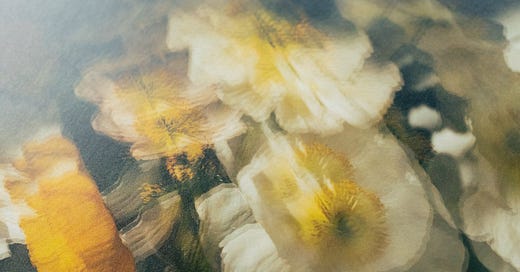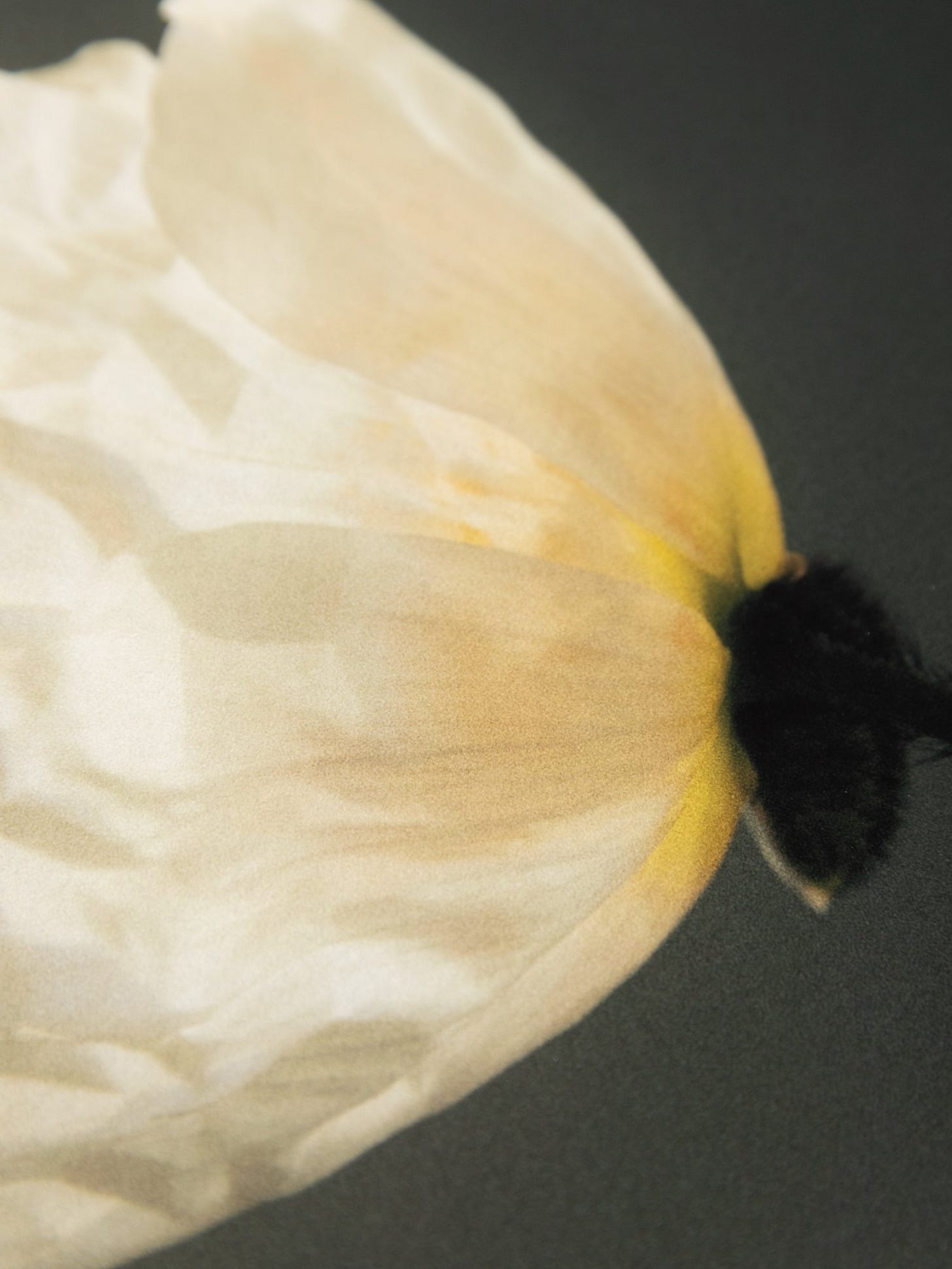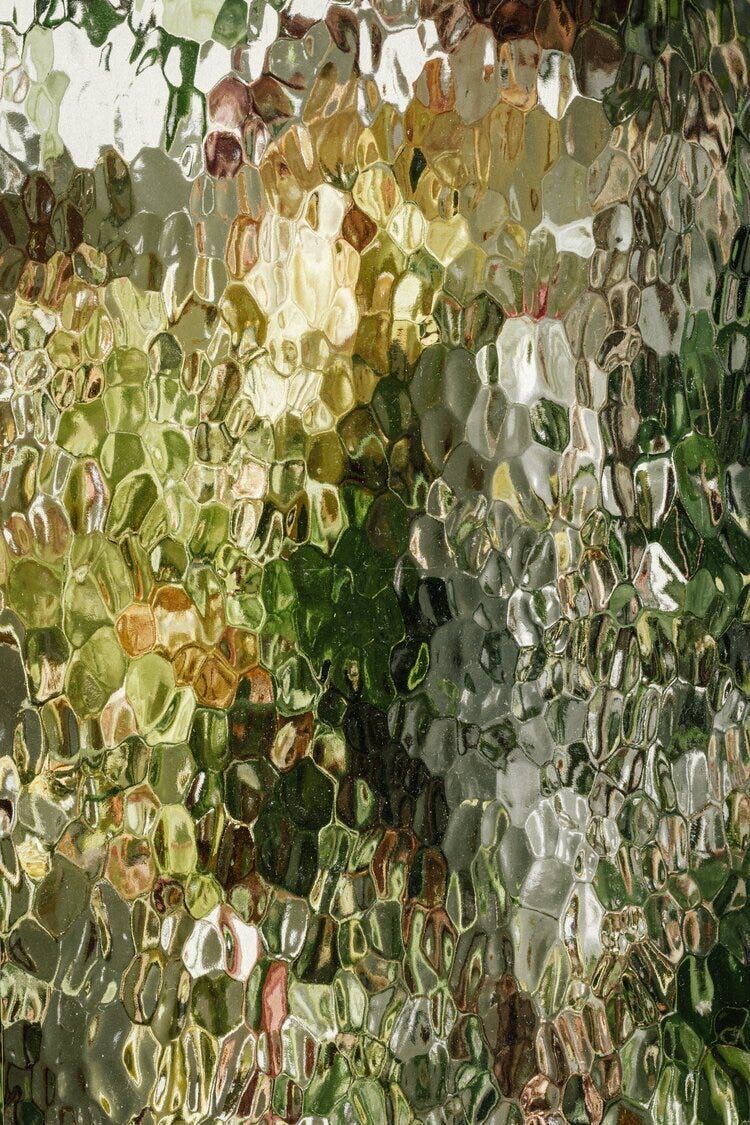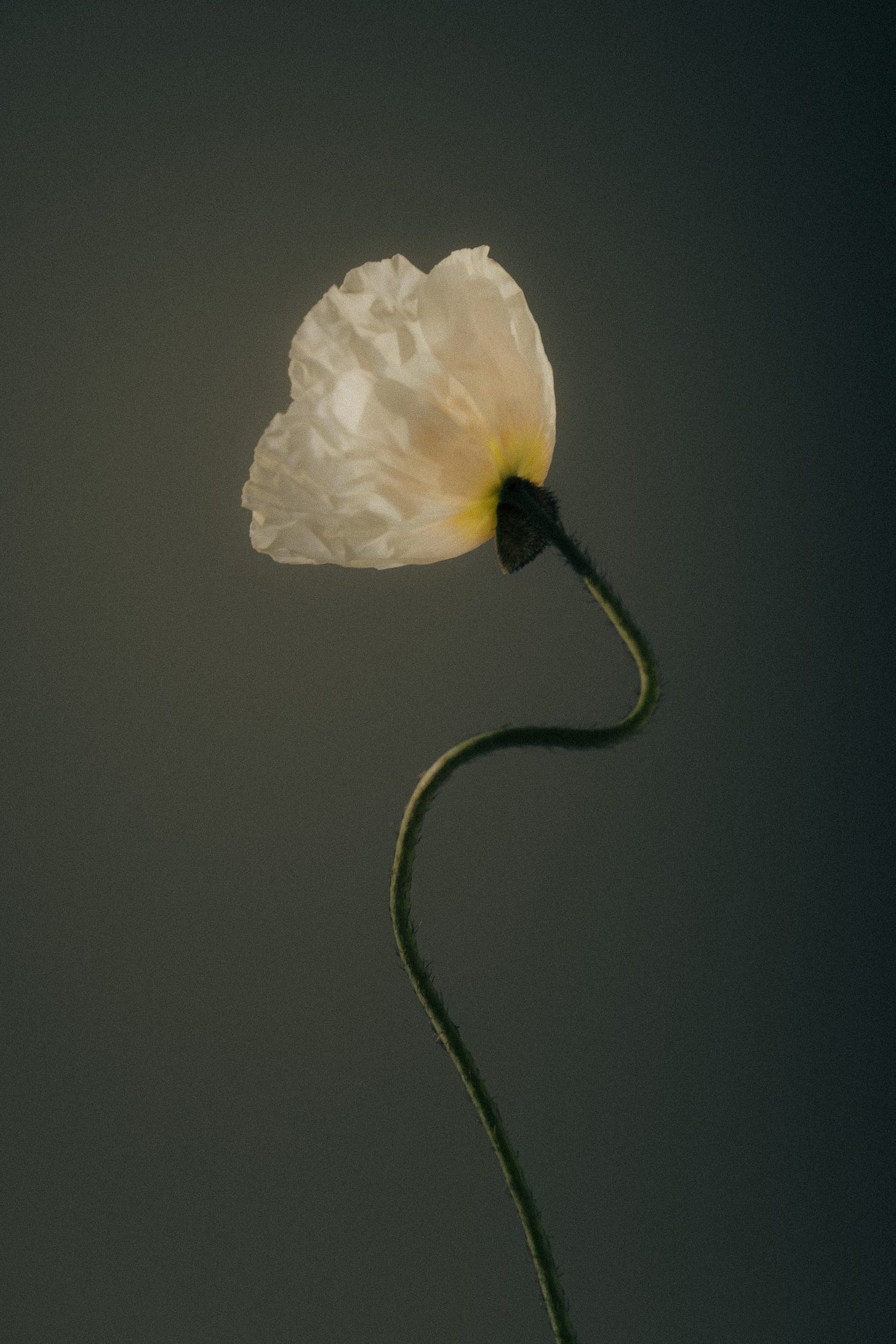September ending, a list:
Earlier I passed a grey-haired man looking into the window of the closed second-hand bookstore in town; he was wearing black shoes that were at least three sizes too large as there was about an inch between his heels and the back of the shoes
This month has been defined by family members: arriving, leaving, getting ill, needing to be driven to here and to there, needing food delivered, more leaving, more arriving, more people getting ill, other family members falling down, being in hospital, being out of hospital, some family members consequently not being able to visit the other family members, food needing to be thrown out, precautions, and more driving, and then five medium-sized moulded tomatoes

Detail from Everything, Beautiful (US edition & UK edition) It is interesting simply to observe how different individuals walk, hold themselves, and what they do with their arms
The river here is incredible full and fast-moving, but twice I’ve found places to get in safely—it is very difficult to hold onto things tightly when in a river, you have to just let them leave you, follow the rest of everything downstream
There are still seven or eight pieces of birthday cake in the freezer
A small string of battery-powered fairy lights has followed us from house to house over the course of some years, and they have now taken to turning themselves on and off at entirely random intervals throughout the day, which I like to believe is meaningful
I’m not certain that I’ve painted anything new this month; though unusual, a paint desert of this prolonged kind leaves me feeling slightly uneasy, or like a tree that finds itself having misjudged a season
There is a peculiar, almost completely white pigeon—or perhaps winged phantom—who seems to live in a large tree opposite and who has taken to visiting the roof from time to time
About the heart in your chest: “I heard it was early, and came from a worm. Or a slug-like creature that scratched at the microbial surfaces for food. There is fossil evidence of a tubular heart positioned near the back of the body, coming down from spiders. We lie in the same heart fields with all birds and mammals.”
I don’t have a particularly strong prescription for short-sightedness, but enough to get into somewhat awkward situations in town if someone I know is on the opposite side of the road and I’m not wearing my glasses, and enough to have to wear them when driving; sometimes the gentle blurriness can be nice though, a bit like when you squint your eyes in the dark at street-lights or bridges or cities in the night-distance
A reader emailed me a week or so back and the subject line was simply ‘Geese!’ which was impossibly delightful (thank you Laura)
WORK-RELATED NEWS:
I sent off a revised book proposal to my literary agent yesterday, who is very patient given that she has heard absolutely nothing from me for months on end and then I popped up like some kind of bespectacled mole shrieking oh! actually! here! is! a! thing! look!
I’m considering the idea of making 100 drawings available for $100 each, as buying original art is an expensive and often exclusive-seeming thing, which it needn’t be in many cases—although supporting an artist isn’t something everyone wants to do, it seems sensible to me that the support itself could potentially be made a bit more accessible.
(Working on making the more costly original painted pieces available on my website is something I’m continuing to get done, but to help myself justify the slow progress of this please refer to list item 2 above.)
THIS WEEK I FELL IN LOVE WITH:
Photographs by India Hobson, whose work I believe I’ve seen in places here and there before, but had not realised the breadth and fullness beauty contained within—I particularly love the partly obscured, foliage-full images. (She is also on Substack with a newsletter called
.)“What do we live for if not to make the world less difficult for each other?
— George Eliot, Middlemarch
In 1909, the biologist Jakob von Uexküll noted that every animal exists in its own unique perceptual world — a smorgasbord of sights, smells, sounds and textures that it can sense but that other species might not. These stimuli defined what von Uexküll called the Umwelt — an animal’s bespoke sliver of reality. A tick’s Umwelt is limited to the touch of hair, the odor that emanates from skin and the heat of warm blood. A human’s Umwelt is far wider but doesn’t include the electric fields that sharks and platypuses are privy to, the infrared radiation that rattlesnakes and vampire bats track or the ultraviolet light that most sighted animals can see.
The Umwelt concept is one of the most profound and beautiful in biology. It tells us that the all-encompassing nature of our subjective experience is an illusion, and that we sense just a small fraction of what there is to sense. It hints at flickers of the magnificent in the mundane, and the extraordinary in the ordinary. And it is almost antidramatic: It reveals that frogs, snakes, ticks and other animals can be doing extraordinary things even when they seem to be doing nothing at all.
— Ed Yong, from his New York Times piece ‘How Animals See Themselves’, June 20th 2022
The Sometimes Newsletter is a reader-supported publication, and if you enjoy reading the best ways you can support are to subscribe, share the newsletter with someone, or consider becoming a paid supporter. The regular, numbered newsletter is currently still free for everyone to read, but becoming a paid supporter (if you are able) helps to ensure that in an ever-changing publishing landscape I’m able to continue to dedicate the hours to writing—this newsletter being written with the hope that adding small pieces of attention and gritted beauty to the noise of the world will make an honest, soft-edged, affecting dent.















"and they have now taken to turning themselves on and off at entirely random intervals throughout the day, which I like to believe is meaningful"
Absolutely.
Always enjoy reading your observations, what a total joy to be included in your world! Thank you for such wonderful words about my work ✨